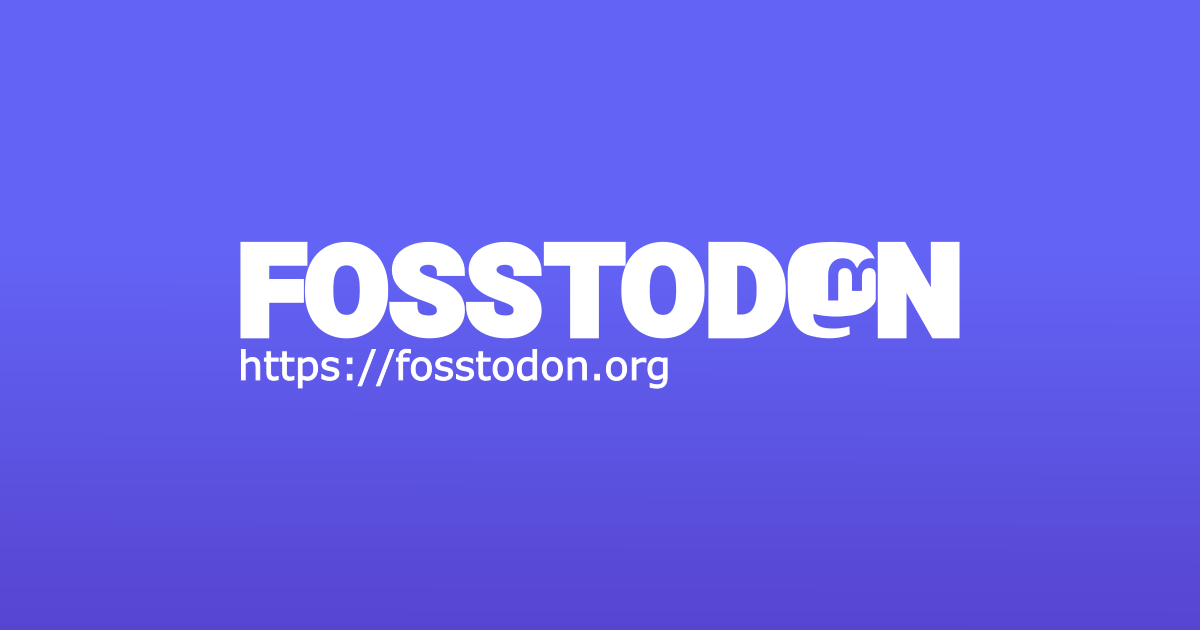Top Art Schools Accepted an AI—and Had No Idea
#AiandArt
Calling Comic Artists and Creators: Let’s Pioneer AI-Powered Accessibility Together
Do you want to have drawn the first comic to be truly felt, read, and loved by a blind person?
Dear brilliant creators,
As a blind screen reader user, I’ve long been on the outside of the vibrant, emotional worlds you bring to life through comics and graphic novels. But today, something extraordinary is becoming possible.
With the help of emerging AI vision technology, we can explore how to make visual storytelling accessible without losing any of its nuance, spirit, or beauty. Imagine:
An AI that doesn’t just "describe" a comic page—but feels its rhythm.
One that reads each panel with care—capturing characters, atmosphere, layout, action, and emotion—then renders it as a layered, immersive audio experience.
Your art, honoured fully. Your story shared more deeply.
I’m seeking artists who feel curious and inspired by this vision. If you're willing to share just a page or a few panels, we can co-create a prototype—something new, something beautiful.
This is not about simplifying or compromising your work. It’s about expanding its reach and nurturing new ways for blind people to experience the heart of your storytelling.
If your heart says yes, I’d be honoured to explore this with you.
Warmly and with deep respect,
Kirby Ferguson: “The Whiff of AI Aesthetics: Dream Logic Episode 1”
Excited to be back at the Domestic Cats in Literature conference! I’m presenting "The Cloister Cat in Context", exploring how Hildegard von Bingen wrote about cats—as both practical mousers and rich spiritual symbols.
I even asked my AI agent to create a Pixar-style trailer for my paper… here’s what it came up with!
Curious about AI in fan art? Read my paper here: https://doi.org/10.3983/twc.2023.2431
At the same time, the existence of the generative AI models dramatically increases the number of creators existing in the world, as we must now count the flesh-made, human creators, as well as the, newly spawned, AI creators.
This creates an issue for the financial livelihood of the human creators, who are now competing with many more actors on the creative market.
The issue is compound by the fact that, in what constitutes a kind of mixed human-silicon teamwork, human creators also benefit from the AI tools. Teams made only of humans already existed in the pre-AI world, but now the AI creators participate in the mix, thus increasing both the number of these teams and their creative capability.
We really need to come up with a solution that maintains the existence of human creators.
I think that the universal income is among the acceptable solutions, but there must be a way to factor in the creativity or popularity of the creators to increase their pay.
I see a lot of confusion recently between Open Source, Free Software, and generative AI, thus I feel like I need to contribute my ideas to the clarification.
For that, I'll use the analogy with a natural brain.
The system, be it a brain or an AI, sees proprietary (but still public, i.e. not secret) art. For the AI it's during training, for the brain, it's just during the life.
The exposition to the art changes the internal state of the system, coefficients for the AI, synapses for the brain.
After these changes, depending on the exact configuration of the particular system, the system may even be able to reproduce the art with some accuracy.
However, most of the time, the input serves to increase the creativity and skills of the system, even when the outputs are clearly different from the piece of art that was input.
In the case of a brain, nobody claims any restriction on the internal state, and in the event that this brain outputs (through e.g. the activity of painting) a close reproduction of some proprietary art that was seen before, then this output is subject to copyright restrictions (cannot be sold without agreeing with the rights owner, etc).
However, if this copyrighted reproduction is used as an intermediate step in a creativity process, whether it stays as a mental image locked in the brain, or if it is painted or drawn as a draft not intended for publication, then there are no restrictions. The final output, that used the copyrighted work in the creative process but that, in the end, is different enough from it, is not subject to the restrictions.
Thus my understanding is that the same scheme applies to the other kind of system, the AI: copyrighted art that is public can be used for training, the weights of the resulting model are not subject to copyrighted restrictions (thus can be Free Software) but the output of the generative model, in the case that this output is to be published (otherwise, for private use, no restriction applies), needs to be checked against existing art in order to verify that it does not infringe on copyrighted art.
So, I showed that AI is compatible with Free Software and Open Source.
I also showed that the outputs of such FOSS generative AI models are not necessarily FOSS and need to be checked against copyrighted material in order to determine it.
Return 0, su testi di una #IA
voce recitante: Angela Bonfitto
elettronica e regia del suono: @_nicolamonopoli_
live visuals: @saeemon_
#intelligenzaartificiale #artificialintelligence #AIandArt #AIandMusic #AIandTheatre #AI #experimentalmusic #electroacoustic #liveelectronics #composer #composersofmastodon #music #musica #theatee #teatro #barletta #puglia #GOS #contemporarymusic @contemporarymusic
A couple of months ago, I published an article on AI and creativity in the Norwegian film industry magazine Rush Print. Recently I’ve seen a lot of people writing about Google’s NotebookLM and the function it has that enables turning a text (or several texts) into a podcast.
Today I decided to test NotebookLM by feeding it my article and seeing what comes out. It is … surprisingly good. It picks up the nuances of my article, and even goes into some of the linked reference. I’m not sure I would have structured a podcast the same way, but I also would never have taken the time to create a podcast.
Especially impressive that even though my article is in Norwegian, the podcast is in English.
https://notebooklm.google.com/notebook/ba250767-e9c5-41d0-a050-d42ec3e8e1dd/audio
Just got word today that the Norwegian film industry magazine Rush Print will run my essay on AI, film, and imagination sometime within the next week or so. I pretty pleased as that’ll reach pretty much everyone working and interested in film in this country.
I’ve been considering translating it to English when I have the time, but posting the Norwegian version here in the mean time.
Om kunstig intelligens, film og fantasi – fredsnotes https://filmschoolteacher.info/fredsnotes/uncategorized/om-kunstig-intelligens-film-og-fantasi/
OpenAI CTO Mira Murati Discusses AI’s Impact on Creative Jobs at Dartmouth Interview.
Instagram --> https://www.instagram.com/p/C5YF2Xcu1qw/
A compact powerhouse with a high-performance V8 engine.
#aiart #digitalart #artificialintelligence #ai #generativeart #digitalillustration #aiartist #machinelearningart #deeplearningart #neuralnetworkart #digitalartist #aifantasyart #aigeneratedart #aicreativity #aicommunity #aiandart #aidesign #aiexpression #aiimagery #aiinspired #aiportraits #artcurator #
Instagram --> https://www.instagram.com/p/C5HgSA-unhA/
A journey through the constellation of our inner universe.#aiart #digitalart #artificialintelligence #ai #generativeart #digitalillustration #aiartist #machinelearningart #deeplearningart #neuralnetworkart #digitalartist #aifantasyart #aigeneratedart #aicreativity #aicommunity #aiandart #aidesign #aiexpression #aiimagery #aiinspired #aiportraits #artcurator #artifici
Instagram --> https://www.instagram.com/p/C5HZTUpuIHP/
Exploring the luminous intersection of biology and technology.#aiart #digitalart #artificialintelligence #ai #generativeart #digitalillustration #aiartist #machinelearningart #deeplearningart #neuralnetworkart #digitalartist #aifantasyart #aigeneratedart #aicreativity #aicommunity #aiandart #aidesign #aiexpression #aiimagery #aiinspired #aiportraits #artcurator #arti
Instagram --> https://www.instagram.com/p/C5HZBdvu639/
Gaze into the future where silicon and steel transcend humanity.#aiart #digitalart #artificialintelligence #ai #generativeart #digitalillustration #aiartist #machinelearningart #deeplearningart #neuralnetworkart #digitalartist #aifantasyart #aigeneratedart #aicreativity #aicommunity #aiandart #aidesign #aiexpression #aiimagery #aiinspired #aiportraits #artcurator #ar
Instagram --> https://www.instagram.com/p/C5HUJFtO3ho/
A vision of tomorrow, where circuits and souls entwine.#aiart #digitalart #artificialintelligence #ai #generativeart #digitalillustration #aiartist #machinelearningart #deeplearningart #neuralnetworkart #digitalartist #aifantasyart #aigeneratedart #aicreativity #aicommunity #aiandart #aidesign #aiexpression #aiimagery #aiinspired #aiportraits #artcurator #artificiali
Instagram --> https://www.instagram.com/p/C5HT88yONn4/
Navigating through a liquid symphony, streetlights guiding the nocturnal symphony.#aiart #digitalart #artificialintelligence #ai #generativeart #digitalillustration #aiartist #machinelearningart #deeplearningart #neuralnetworkart #digitalartist #aifantasyart #aigeneratedart #aicreativity #aicommunity #aiandart #aidesign #aiexpression #aiimagery #aiinspired #aiportrai
Instagram --> https://www.instagram.com/p/C5GXM6zuZSO/
Journey through the astral arcade, where stars and dreams are the currency of travel.#aiart #digitalart #artificialintelligence #ai #generativeart #digitalillustration #aiartist #machinelearningart #deeplearningart #neuralnetworkart #digitalartist #aifantasyart #aigeneratedart #aicreativity #aicommunity #aiandart #aidesign #aiexpression #aiimagery #aiinspired #aiport
Instagram --> https://www.instagram.com/p/C5GQZYDuB-Y/
Amidst a downpour of light, the city pulses with the rhythm of a thousand stories untold.#aiart #digitalart #artificialintelligence #ai #generativeart #digitalillustration #aiartist #machinelearningart #deeplearningart #neuralnetworkart #digitalartist #aifantasyart #aigeneratedart #aicreativity #aicommunity #aiandart #aidesign #aiexpression #aiimagery #aiinspired #ai
Instagram --> https://www.instagram.com/p/C5GP5AQOgCZ/
In the intricate dance of circuits and silence, a new consciousness flickers to life.#aiart #digitalart #artificialintelligence #ai #generativeart #digitalillustration #aiartist #machinelearningart #deeplearningart #neuralnetworkart #digitalartist #aifantasyart #aigeneratedart #aicreativity #aicommunity #aiandart #aidesign #aiexpression #aiimagery #aiinspired #aiport
Instagram --> https://www.instagram.com/p/C5GPrCQOBL4/
A cavern of crystals, a spectrum of secrets.#aiart #digitalart #artificialintelligence #ai #generativeart #digitalillustration #aiartist #machinelearningart #deeplearningart #neuralnetworkart #digitalartist #aifantasyart #aigeneratedart #aicreativity #aicommunity #aiandart #aidesign #aiexpression #aiimagery #aiinspired #aiportraits #artcurator #artificialintelligence

